The Decluttering Hangover: 5 Signs You’ve Taken Tidying Too Far
I once had a client, a lovely retired teacher, who called me in what I can only describe as a quiet panic. For months, she’d been on a mission, inspired by the minimalist wave, to clear out her home. With her kids grown and her husband gone for a few years, she was craving a simpler life. But somewhere along the way, things went sideways.
In this article
Her home, which used to be this warm, vibrant hub of memories, suddenly felt… cold. It was spotless, sure, but it was also sterile. The moment of truth came when she went to find a specific cookbook her daughter always asked for, and it was gone. Then, a friend came for a weekend visit, and she realized she’d donated all the spare blankets. The initial thrill of purging had been replaced by a nagging, low-level anxiety. She hadn’t found peace; she’d created a vacuum.
Her story is something I’ve seen countless times in my work as a professional organizer. It’s a crucial lesson: decluttering is a tool, not a religion. And like any powerful tool, you can absolutely misuse it. When getting rid of stuff becomes more important than the life you’re trying to live in that space, you’ve hit the point of diminishing returns. This isn’t about judgment—the urge to clear out our space is healthy! But after being in hundreds of homes, I’ve learned to spot the warning signs for when a helpful project is about to tip over into harmful territory.

Why It Feels So Good (Until It Doesn’t)
To get why we can take it too far, you have to understand what’s happening in your brain. Every time you toss something, you get a tiny hit of dopamine. It’s your brain’s reward system high-fiving you for making a decision and clearing a space. Seeing that clean countertop feels like you’re taking control, which is incredibly satisfying when life feels chaotic. It’s a positive feedback loop that gets things done.
The problem is when you start chasing that high. The goal shifts from having a functional home to just getting the feeling of purging. Honestly, it’s a bit like exercise. A great workout is fantastic for you, but over-training leads to injury and burnout. In the same way, over-decluttering can fry your brain and actually make your life harder.
One of the first things I learned in my training was about ‘decision fatigue.’ Every single choice you make all day, from what shirt to wear to which email to answer first, drains a little bit of your mental energy. A big decluttering project forces you to make thousands of tiny decisions. Is this sentimental? Will I really need it? Can I sell it? At first, it feels productive. But when it becomes a constant, daily grind, you’re just draining your mental batteries. I’ve seen clients become so irritable and exhausted they couldn’t make big life decisions because they’d spent all their energy debating whether to keep three extra coffee mugs.
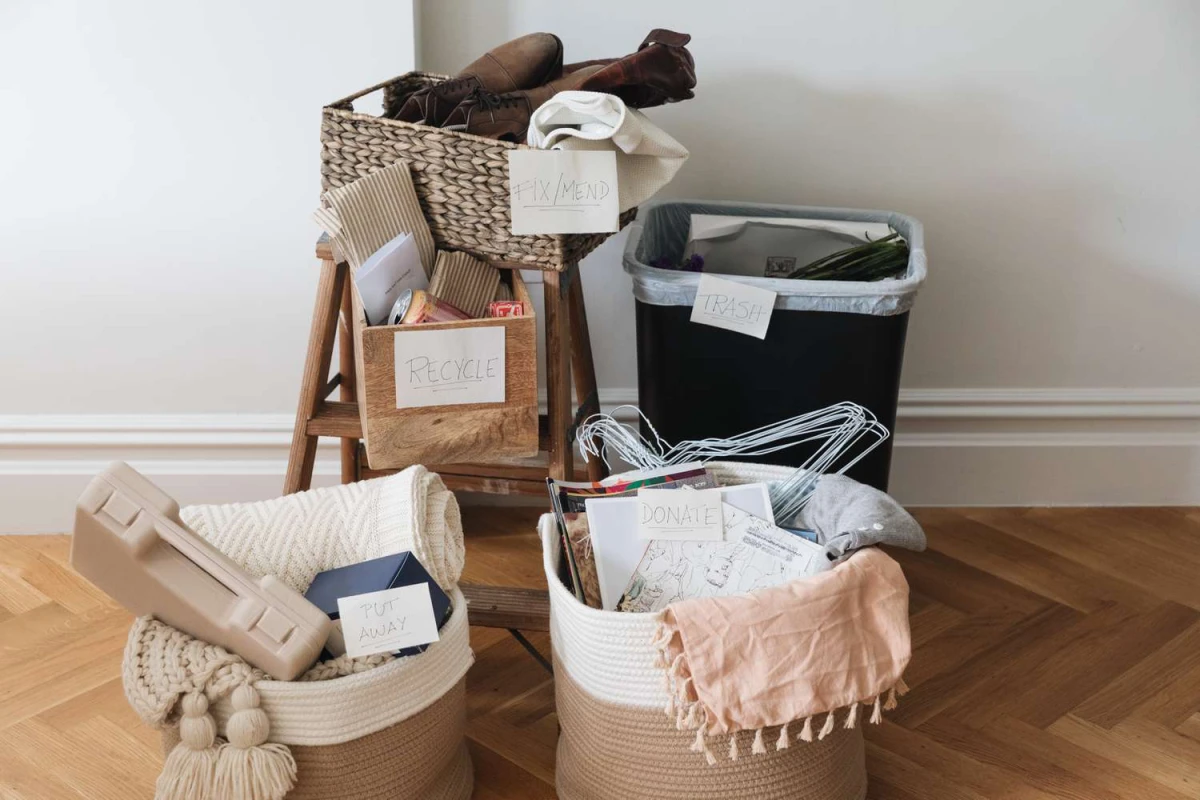
A truly organized home should mean you have to make fewer decisions, not more.
The 5 Red Flags: When to Pump the Brakes on Purging
So, how do you know if you’ve crossed the line? Before we get into the nitty-gritty, do a quick gut check. Have you recently repurchased something you just donated? Does your home feel strangely empty or unwelcoming? Are your family members or roommates starting to get annoyed? Do you spend more time organizing than enjoying your home? If you answered yes to even one of these, it might be time to pause and rethink your strategy.
1. The Rebound: You’re Repurchasing What You Just Got Rid Of
This is the number one, flashing-red-light sign of over-decluttering. I had a client, a young graphic designer, who got really into a strict one-in-one-out policy with his art supplies. It sounds disciplined, but it just wasn’t practical. He’d toss a set of specialty markers because he hadn’t touched them in six months, only to land a freelance gig two weeks later that required that exact set. He ended up spending another $45 on Amazon to replace the markers he literally just donated. That’s the rebound effect.

A Pro’s Fix: The ‘Pantry Principle.’ Think of your household items like a well-stocked pantry. You don’t just keep enough pasta for one dinner, right? You keep a reasonable backstock. This isn’t about hoarding; it’s about creating a functional buffer that makes life easier.
- Functional backups (good to have): These are your ‘just in time’ items. Things like spare batteries for the remote, a first-aid kit, and an extra set of lightbulbs. They prevent a minor inconvenience from becoming a major headache.
- ‘Just in case’ clutter (time to question): This is the stuff that holds you back. The VCR player for movies you don’t own, clothes from a decade ago that don’t fit your body or lifestyle, the bread maker you’ve never once used.
Good to know: What’s a ‘reasonable’ backstock? A good rule of thumb is one extra roll of paper towels per person, two spare bulbs for each type of light fixture you have, and two full sets of guest towels (bath, hand, washcloth). For a family of four, having eight bath towels isn’t clutter—it’s laundry day logistics. For a single person in a studio, four is probably plenty.
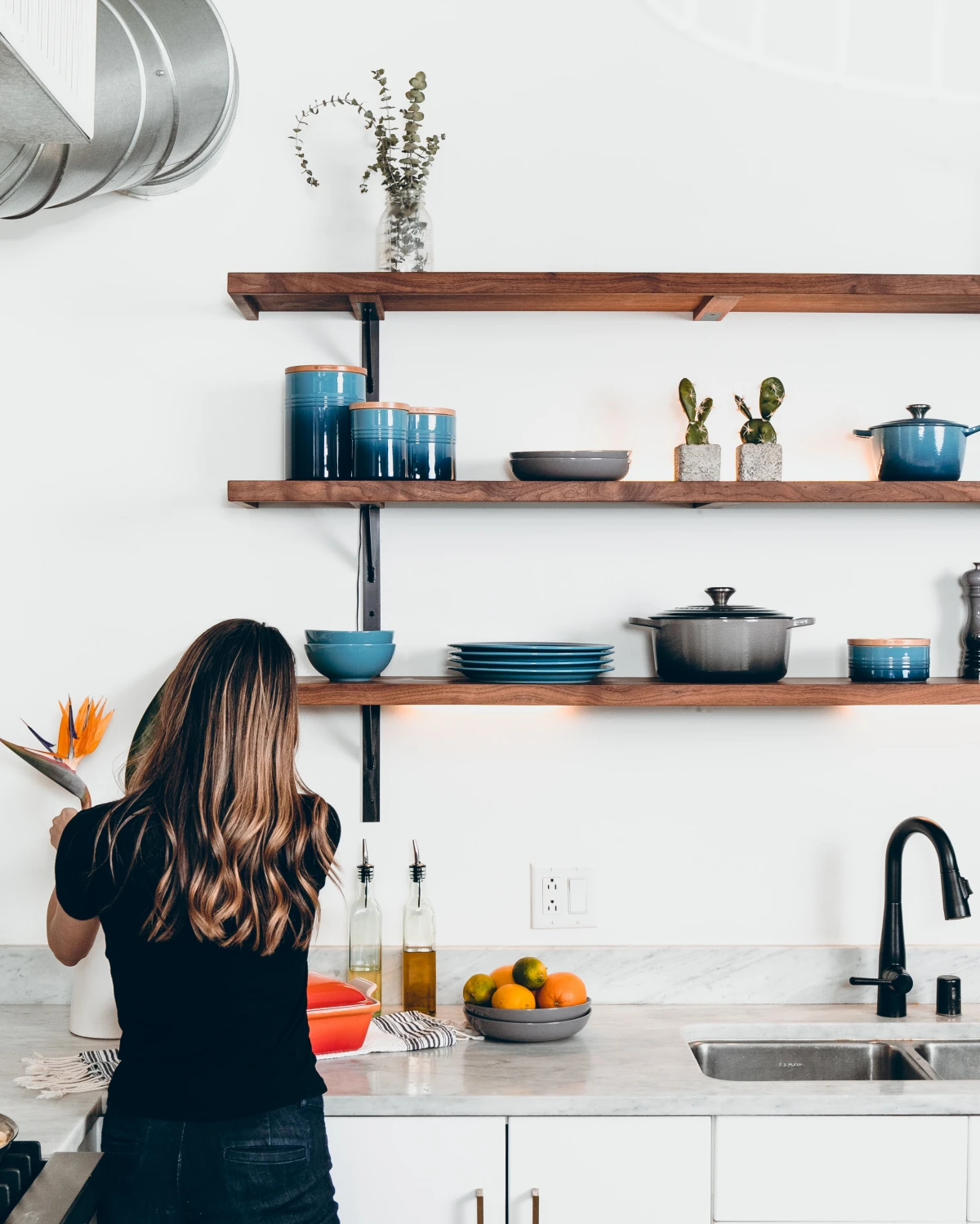
2. Your Home Feels Sterile, Not Serene
There’s a huge difference between a calm space and an empty one. A calm space gives your eyes a place to rest. An empty space often feels impersonal, unwelcoming, and can even have an odd echo. I once walked into a home where the owner had removed every book, photo, and piece of art. She wanted it to look like a hotel, but she confessed that she felt lonely and disconnected in her own house. It didn’t tell her story anymore.
A Pro’s Fix: Curate, Don’t Eliminate. Your home should be a reflection of you! The trick isn’t to erase your personality; it’s to showcase it. Instead of photos on every single surface, pick your absolute favorites and create a beautiful gallery wall. If you adore books, keep the ones that mean the most to you and make them a design feature. I often suggest creating a ‘memory box’ or designating a ‘sentimental cabinet.’ This gives you a contained, honored space for items that don’t have a daily use but have massive emotional value.
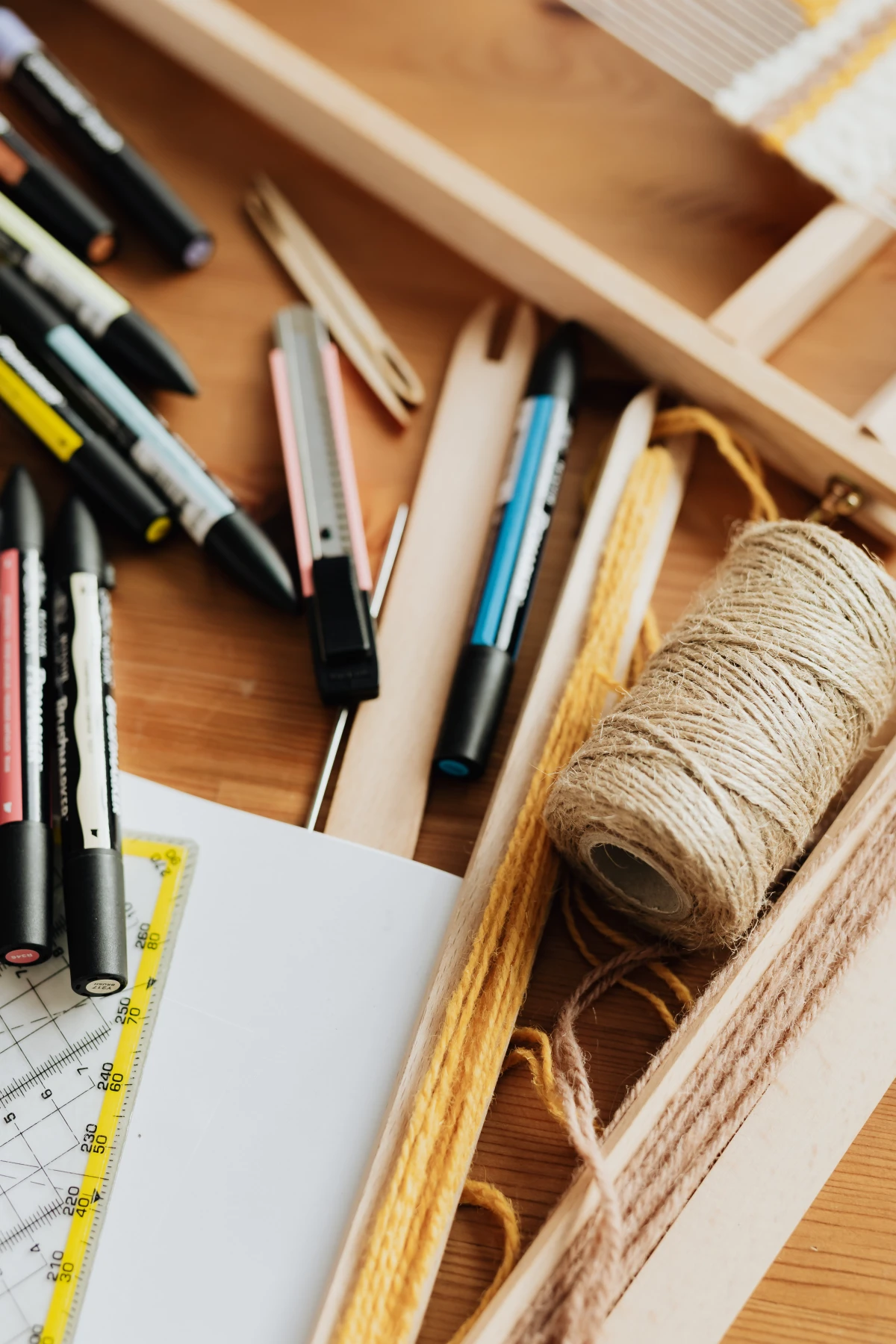
3. Relationships Are Getting Strained
This one is serious. When decluttering starts to cause friction with your partner, kids, or roommates, it’s a major red flag. Often, the conflict isn’t even about the ‘stuff.’ It’s about respect, control, and a lack of communication. I’ve seen tidying used as a passive-aggressive weapon, where one partner ‘cleans up’ by tossing the other’s beloved (but messy) collection. That’s not organizing; it’s a breach of trust.
A Pro’s Fix: Establish Zones and Boundaries. You simply cannot force your personal standards on everyone in a shared home. The best way forward is to negotiate. Each person should have a space that is 100% theirs—a home office, a nightstand, even one drawer where their rules apply. For common areas like the living room, you have to agree on a baseline together.
Heads up! It can be awkward to start that conversation. Try something low-stakes like, “Hey, I feel like we have different ideas about how to handle the mail pile. Can we find 15 minutes this week to figure out a system that works for both of us?” A non-negotiable rule: NEVER get rid of something that isn’t yours without explicit permission. The damage from ‘stealth decluttering’ can last for years.
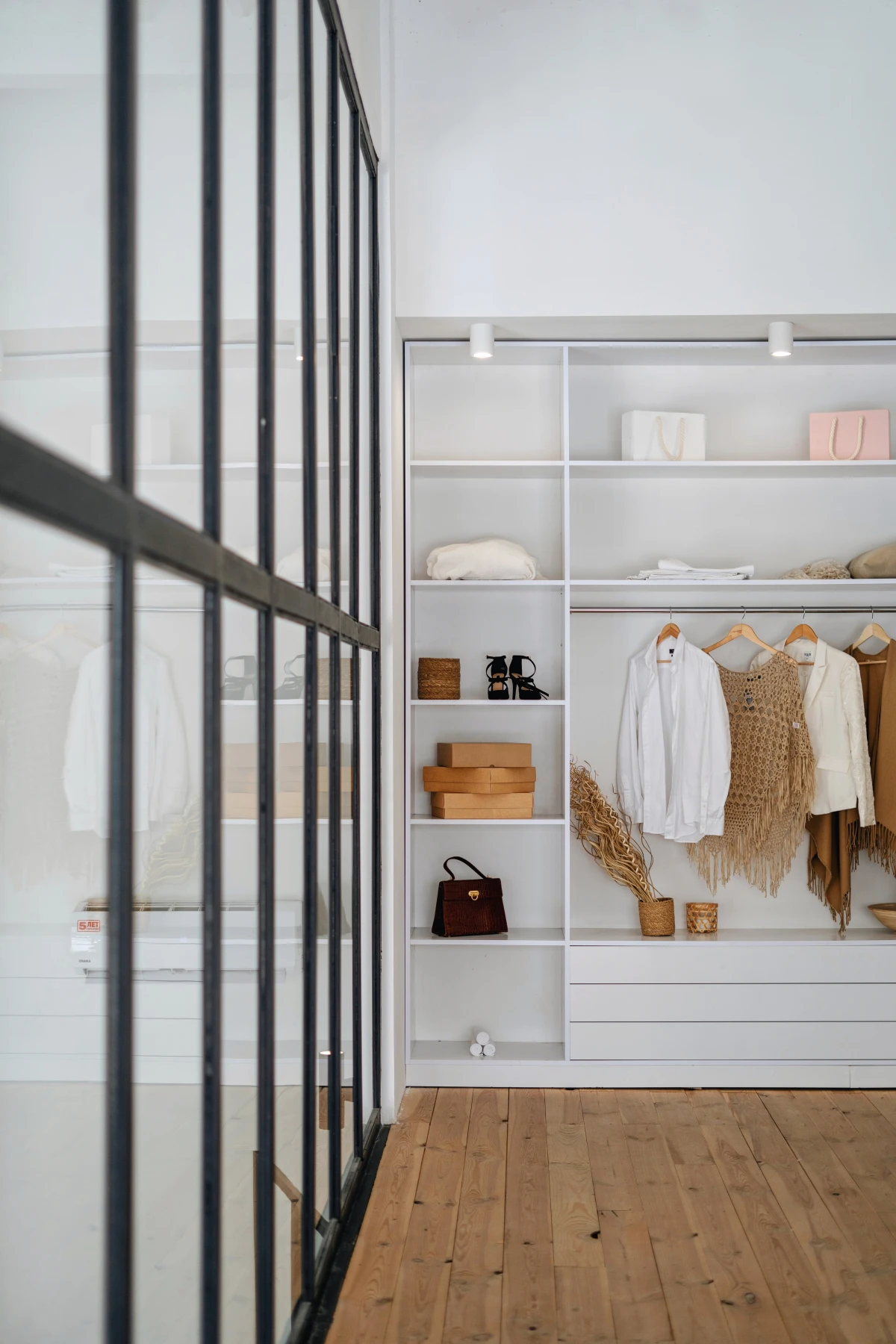
4. The Process Has Become the Goal
Do you spend weekends reorganizing closets that are already organized? Do you get a jolt of anxiety if a single bill sits on the counter for an hour? Do you get more of a thrill from filling a donation bag than from actually using your tidy space to relax or host friends? If this sounds familiar, the process of decluttering itself may have become the goal. The ‘high’ is coming from the act of purging, not the peaceful result.
A Pro’s Fix: Schedule ‘Maintenance,’ Not ‘Purging.’ Once you’ve done the big clear-out, your role should shift from purger-in-chief to maintenance crew. I advise clients to schedule a 15-minute ‘home reset’ every evening to put things back in their place. Then, once a quarter, schedule a one-hour ‘Home Inventory Check-in’ to walk through and see what’s working. This is a calm, planned activity, not a frantic, endless hunt for more things to throw away.
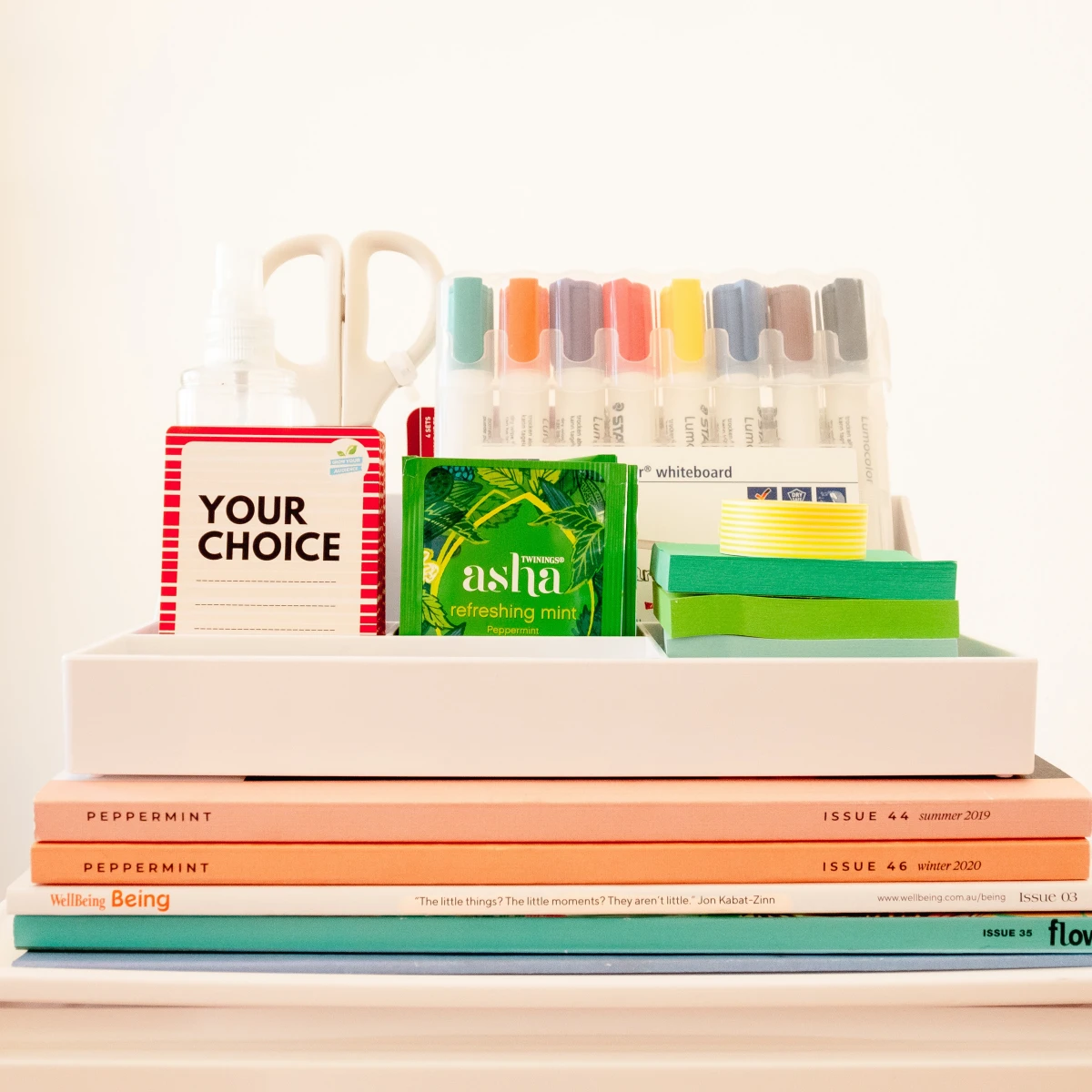
5. You’re Neglecting Other Parts of Your Life
Your time and energy are your most precious assets. When decluttering starts to eat up all of them, it’s no longer serving you. I worked with a retired gentleman who made decluttering his new full-time, unpaid job. He was turning down golf games with friends and putting off a trip with his wife because he was ‘too busy’ organizing the garage for the fourth time. He had traded a rich, connected life for the company of his stuff.
A Pro’s Fix: The ‘Energy Budget.’ Think of your free time like a financial budget. How much are you willing to ‘spend’ on home organization each week? Set a timer. Maybe it’s 30 minutes a day or a three-hour block on Saturday morning. When the timer goes off, you stop. Then you must consciously schedule the other stuff—a walk, coffee with a friend, reading a book. The whole point of an organized home is to free you up for what matters. If it’s doing the opposite, the system is broken.
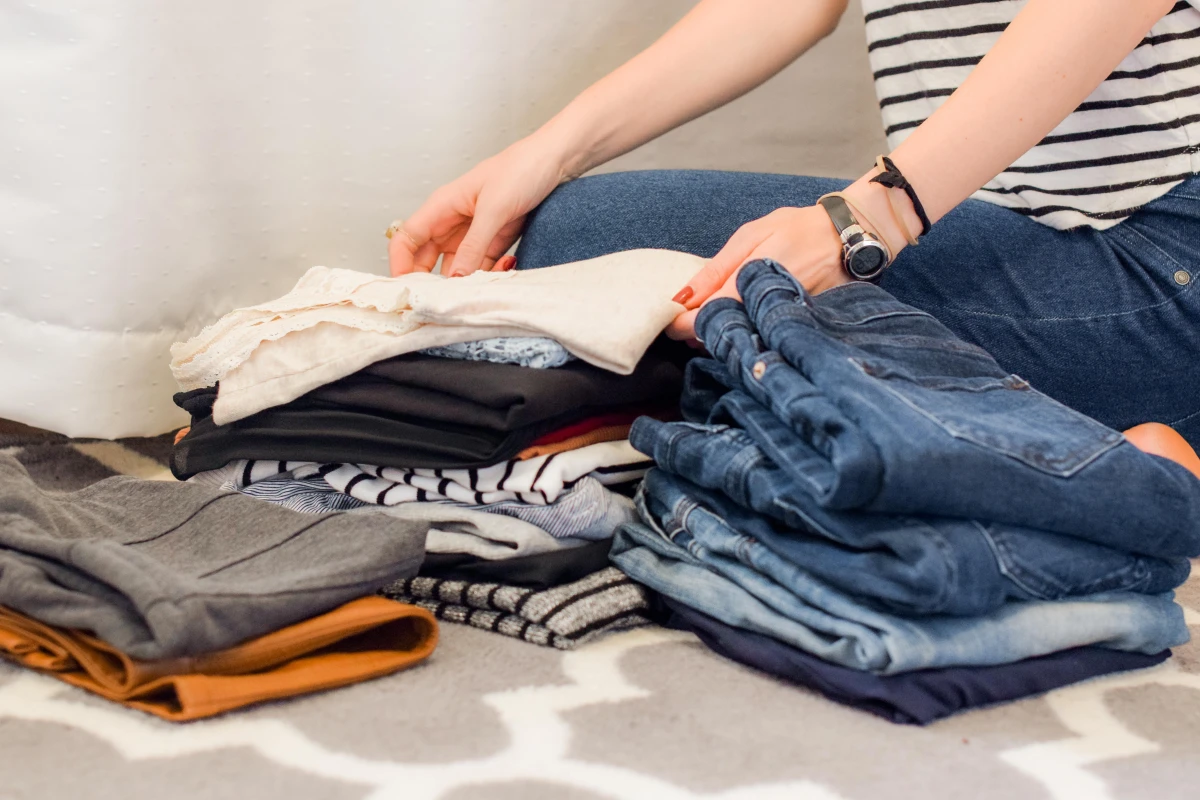
Finding Your Own ‘Just Right’
It’s also worth remembering that ‘clutter’ isn’t universal. Where you live and your personal history play a huge role. Folks in snowy climates have basements full of shovels, salt, and winter gear. To someone from a warm state, that looks like crazy clutter, but up north, it’s just called being prepared. Your definition of ‘enough’ has to match the practical demands of your life.
And let’s not forget sentimental items and those things we bought for the person we hope to be. For that aspirational clutter—the pasta maker, the yoga mat, the fancy tools—you have to give yourself a deadline. Let’s talk about those Italian language books. Your mission, should you choose to accept it, is to spend 20 minutes on Duolingo three times a week for one month. If you can’t do it, sell the books. Let go of the guilt and let someone else live that dream.
Oh, and about storage units… they can be a useful tool, but they’re a terrible solution. They make sense for temporary situations like a home renovation or downsizing. But if you’re just paying to hide clutter you can’t make decisions about, it’s a huge red flag. You’re essentially paying $75 to $200 a month to procrastinate.
Your Home Should Serve You, Not the Other Way Around
So let’s go back to that retired teacher. We worked together for a few weeks, not to bring more things in, but to redefine her goal. We shifted from ’emptiness’ to ‘comfort.’ We went to her daughter’s house and rescued a few beloved cookbooks. We bought a beautiful new set of guest blankets. We put a few treasured photos back on the mantelpiece. We didn’t undo all her hard work; we just softened the edges.
Her home came back to life. It was still tidy and uncluttered, but it was hers again. The goal isn’t a perfect, empty box. It’s to create a space that has room for your actual life—a home that supports you, reflects you, and gives you a place of genuine peace.
A final thought: If you need a little help finding your balance, you’re not alone. To find a certified professional organizer in your area, the National Association of Productivity & Organizing Professionals (NAPO) is an excellent resource. And if you feel your urge to purge is becoming compulsive or causing real distress, Psychology Today has a fantastic directory to help you find a qualified therapist. Getting the right kind of help is a sign of wisdom, not failure.










